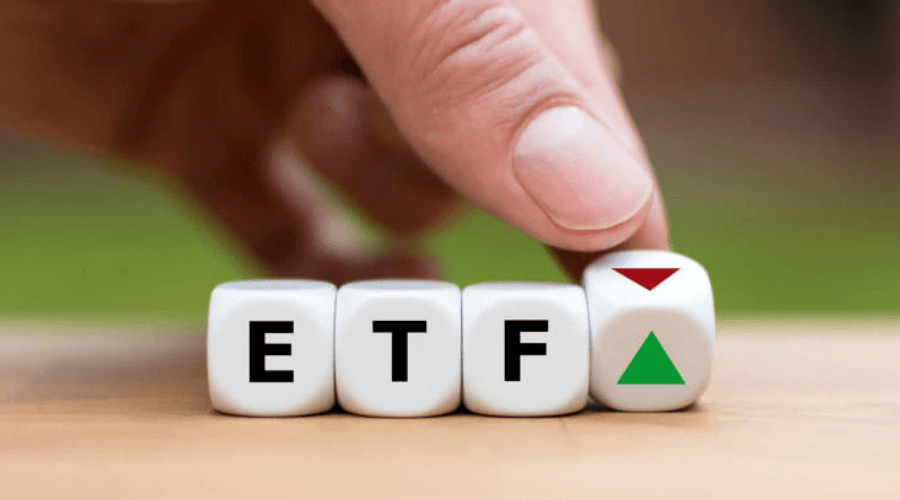
Exchange-Traded Funds (ETFs) have become one of the most popular investment vehicles for both beginners and seasoned investors. With market volatility, inflation concerns, and economic shifts in 2025, diversifying your portfolio with ETFs is a smart strategy to reduce risk and enhance returns. This guide will walk you through how to use ETFs effectively to build a balanced investment portfolio.
1. Why Choose ETFs for Portfolio Diversification?
a. Broad Market Exposure
ETFs allow investors to gain exposure to entire markets, sectors, or asset classes with a single purchase.
b. Low Costs & Liquidity
ETFs typically have lower fees compared to mutual funds and offer high liquidity for easy trading.
c. Risk Management
By spreading investments across multiple assets, ETFs help mitigate risks associated with individual stocks.
2. Types of ETFs for Diversification
a. Broad Market ETFs
- SPDR S&P 500 ETF (SPY): Tracks the S&P 500 index for large-cap exposure.
- Vanguard Total Stock Market ETF (VTI): Provides exposure to the entire U.S. stock market.
b. Sector ETFs
- Technology: Invesco QQQ Trust (QQQ)
- Healthcare: Health Care Select Sector SPDR Fund (XLV)
- Energy: Energy Select Sector SPDR Fund (XLE)
c. International ETFs
- Vanguard FTSE All-World ex-US ETF (VEU): Diversifies beyond U.S. markets.
- iShares MSCI Emerging Markets ETF (EEM): Provides access to fast-growing economies.
d. Bond & Fixed Income ETFs
- Vanguard Total Bond Market ETF (BND): Offers stability with U.S. bonds.
- iShares iBoxx Investment Grade Corporate Bond ETF (LQD): Ideal for income-focused investors.
e. Commodity & Real Estate ETFs
- SPDR Gold Shares (GLD): Hedges against inflation with gold exposure.
- Vanguard Real Estate ETF (VNQ): Invests in real estate investment trusts (REITs) for income and growth.
3. How to Build a Diversified ETF Portfolio
a. Core-Satellite Strategy
- Use a broad-market ETF as the core (e.g., VTI or SPY).
- Add sector-specific or thematic ETFs to enhance exposure.
b. Balance Between Growth & Stability
- Allocate funds across equities, bonds, and commodities.
- Adjust the mix based on risk tolerance and investment horizon.
c. Rebalancing & Monitoring
- Periodically review and rebalance your ETF allocations.
- Stay updated on market trends affecting your portfolio.
4. Common ETF Investing Mistakes to Avoid
a. Over-Concentration
Investing too heavily in a single sector or region increases risk.
b. Chasing Performance
Buying ETFs based solely on past returns can lead to poor investment decisions.
c. Ignoring Expense Ratios
While ETFs are generally low-cost, high expense ratios can eat into returns over time.
Final Thoughts
ETFs are an excellent tool for portfolio diversification in 2025. By strategically selecting ETFs across different asset classes, investors can minimize risk and optimize returns. Whether you’re a conservative investor seeking stability or an aggressive investor looking for growth, ETFs provide a flexible and cost-effective way to achieve financial goals.





